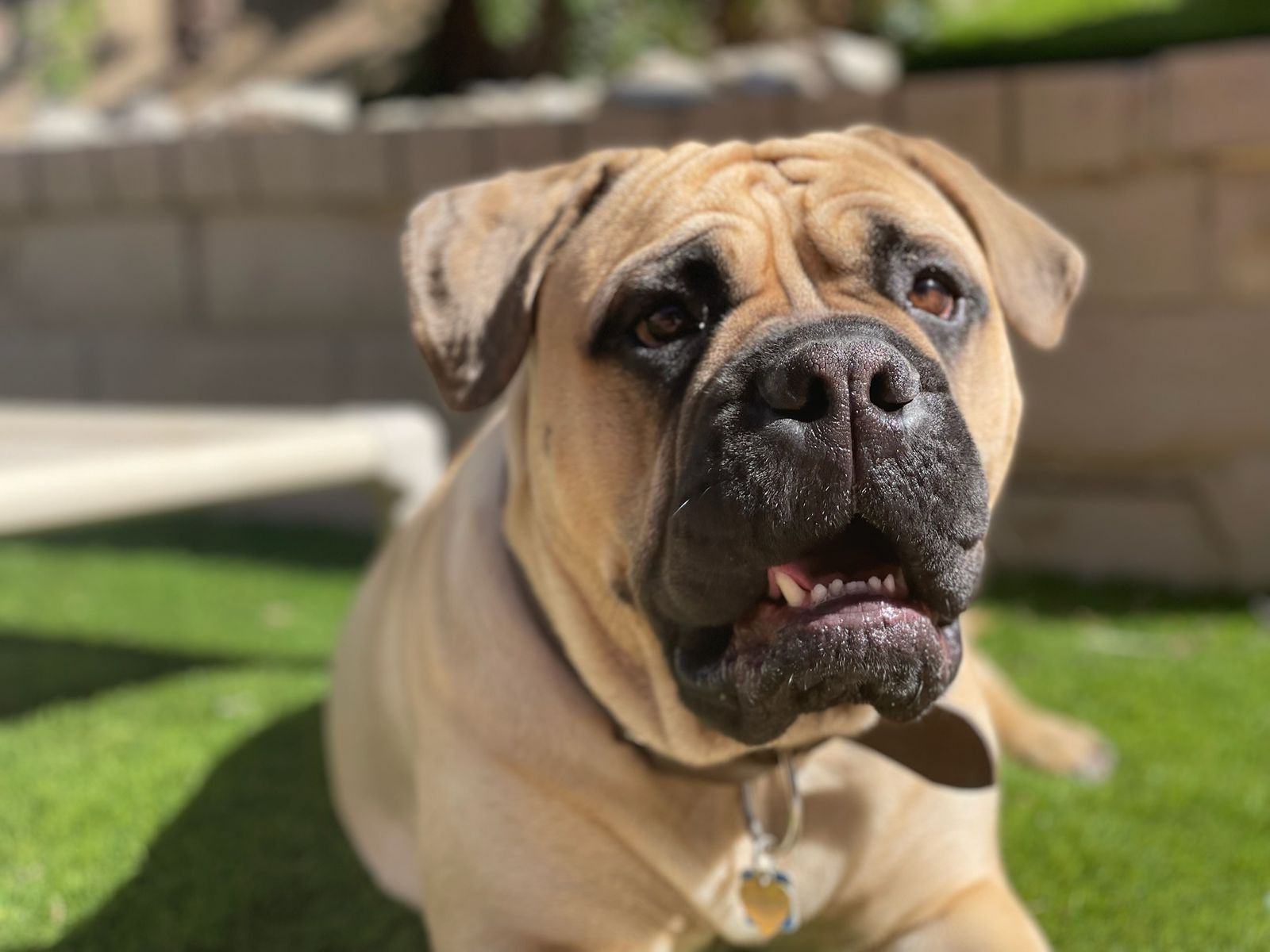Imagine you are at your favorite cafe, enjoying a sip of your most beloved beverage, the sun is shining and all is well in the world. You are relaxed and simply present with all that life has to offer. From the corner of your eye you spot Becky walking in. Becky, the one person that you simply can not stand talking to. That one human being that takes you off your center, causes you to spiral. You instinctually pick up your phone, turn your body in the opposite direction of where Becky is, glue your face to the screen and try to make your body as invisible as you possibly can. That, in a nutshell, is AVOIDANCE. It is excitement mixed with dread, flight and fight but with an added pinch of wariness. It is a tricky state of mind to pin point but one that can easily be described as being unnerving. As of 2023 a reported 40 million people in the US suffer from anxiety disorders. Psychology classifies anxiety as the mind being caught in a fight -flight state. Since dogs imitate behavior is it any wonder then that most dogs that I see come through my doors are in perpetual state of avoidance? They are caught, right alongside their owners is a state of confusion mixed with dread. The main difference is that we humans can consciously work through our anxiety with the help of talk therapy, yoga, meditation, etc. Our dogs need us to help them along in order to break free of that state of mind. Recognizing it is the first step towards helping them bridge that gap.
Understanding what avoidance feels like is easier than determining exactly what it looks like. Avoidance is the hardest state of mind to recognize physically simply because it presents itself as a myriad of different behaviors. Excessive scratching, yawing, obsessively drinking water, attempting to catch imaginary flies, body freezing, body tension, shaking… are all behaviors that a dog can display when actively trying to avoid a specific stimuli. Hence understanding what avoidance “feels like” will make it much easier for one to recognize it then trying to pinpoint exactly what it looks like. Returning to the Becky scenario, we can all pretty much agree that the feeling when trying to avoid someone is not a great one. One that if done for long periods of time can be exhausting and taxing. The sad truth however is that most dog trainers are satisfied leaving a dog in avoidance. It is understandable, if a client has a dog that is in a constant state of fight – flight having a professional (I use that term loosely) come in and stopping it seems like a gift from the gods. However what usually happens is that these trainers can only stop that specific behavior, while new ones start coming up. Which makes sense because stopping a dog from being in fight – flight and not redirecting that energy to something else will get the dog to be stuck in a state of avoidance. Invariably what happens then is that owners start second guessing themselves. Thinking that they are doing something wrong or that their dog is “defective” in some way. The problem gets worse and mistrust deepens.
Even though avoidance may not show itself as dramatically as fight or flight it is still a state of mind that prevents a dog from relating to the world is a calm and relaxed way. The dog (and by proxy the owners) remains alert always as if “waiting for the other shoe to drop”. To be clear, a dog in avoidance is a dog that is easier to manage than a dog in fight or flight, but that does not mean that dog is at ease. That busy energy is still inside of them, that mistrust is still cruising through them and it will show itself in all those quirky behaviors mentioned above whenever the dog is put in a position that it cannot understand or doesn’t trust. Since I speak dog fluently I can easily detect a dog that is in avoidance, I recognize the energy immediately and can help both dog and owners find and revel in relaxation.

SURRENDER
A relaxed dog is a dog in surrender. A dog that is in her element, at peace with her surroundings, that knows that she is simply another piece of the mosaic of life. I equate surrender state as one of being on a hammock, sipping a margarita; complete and total abandon. Nothing can disturb that peace. When a dog surrenders they usually let out a huge sigh. Very similar to us relaxing and letting go. When a dog surrenders, she is open to receiving direction. The brain “stops saying no and starts declaring yes” to whatever is presented, to whatever stimuli presents itself. Yes, one surrenders in war after a long battle, but one also surrenders in prayer, releasing doubts and fears to the unknown, allowing for trust in the process to blossom. That is my preferred way of describing surrender: a state of mind of freedom from doubts, fear and tension. A state of grace, of peace, of ease.
The magic of working with dogs in Dog Psychology is that they show me everyday how one can surrender and live a more fulfilled and joyful life. Some dogs I meet need more help (and time) then others. They have been stuck in a state of fight, flight or avoidance for so long that they don’t know that there is another way to live. Many simply need a little nudging and a human to guide them through the process while showing their owners what is possible. Since I work in the relationship owners also need help in reaching the state of surrender so they can keep working with they dog once they go home. I have never met a dog that wouldn’t or didn’t surrender. I have never met a dog that didn’t find peace once they surrendered. I have never met a dog that didn’t find joy once having experienced surrender. That is what dogs teach me every single day: no matter how much one is in a state of fight, fight or avoidance, with a little guidance, discovering surrender is liberating and empowering. Once you experience it, you will not want to go back to any other state of mind. The trick is practicing a little everyday so it is easier to access whenever Becky walks in the cafe or when it starts raining when you are walking you dog. Here is to surrendering!
Happy training.



